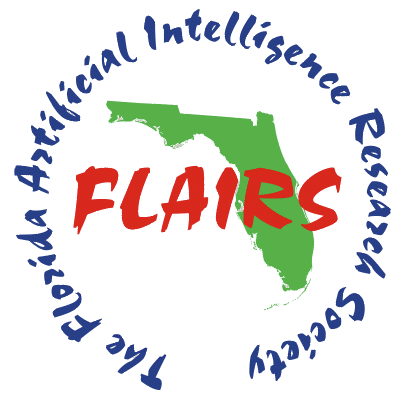Investigating Lexical and Syntactic Differences in Written and Spoken English Corpora
DOI:
https://doi.org/10.32473/flairs.37.1.135598Abstract
This paper presents an analysis of the differences between written text and the transcription of spoken text using current Natural Language Processing (NLP) methods. The purpose of the study is to investigate the long and rich history of attempts to differentiate spoken and written text in fields such as linguistics, communication, and rhetoric, which date back to the early 20th century. Given the availability of large quantities of machine-readable data and machine learning algorithms that can handle them, it is possible to use a large number of derived features. The research focuses on syntactic and lexical differences in written books and transcriptions of speeches by United States presidents. The analysis investigates morphological, lexical, syntactical, and text-level aspects. In this process, multiple features have been considered including lexical diversity, syllable count, frequency of parts of speech, and features relating to the parse tree, like the average length of noun phrases, and the use of interrogative sentences, among others. This study will enhance our understanding of the difference between written text and the transcription of spoken text in various disciplines including computer science, applied linguistics, communication, and similar fields.
Downloads
Published
How to Cite
Issue
Section
License
Copyright (c) 2024 Mina Rajaei Moghadam, Mosab Rezaei, Miguel Williams, Gülşat Aygen, Reva Freedman

This work is licensed under a Creative Commons Attribution-NonCommercial 4.0 International License.


